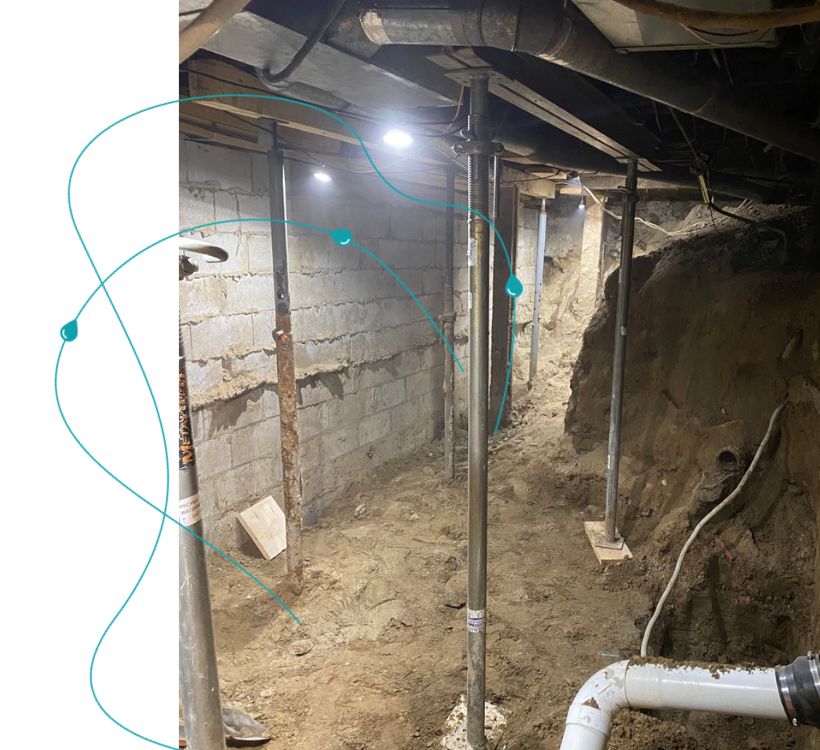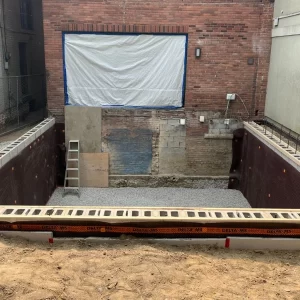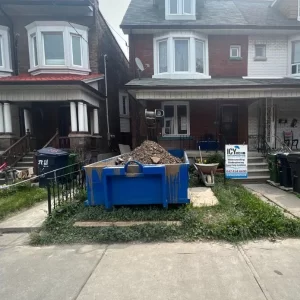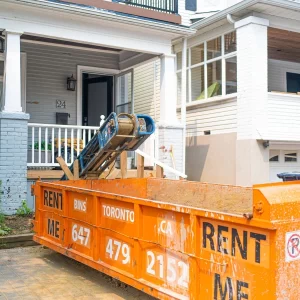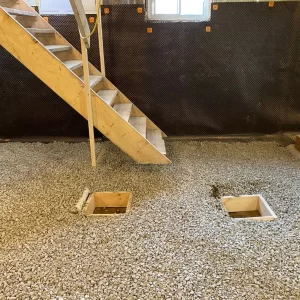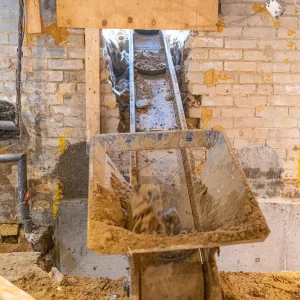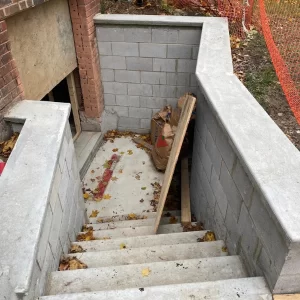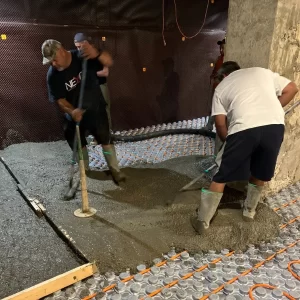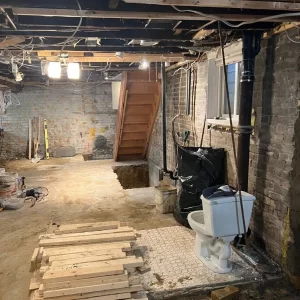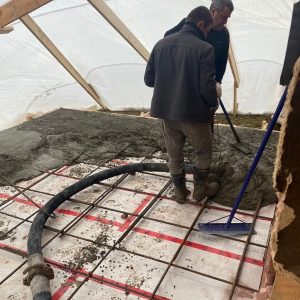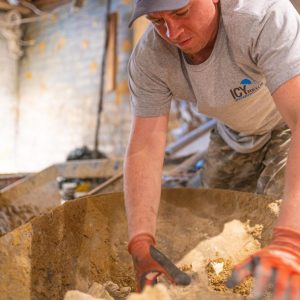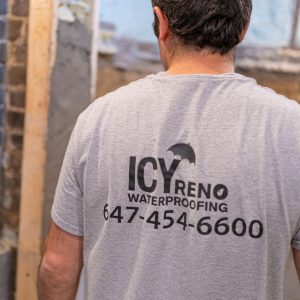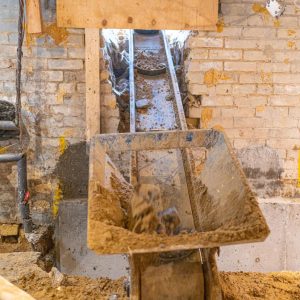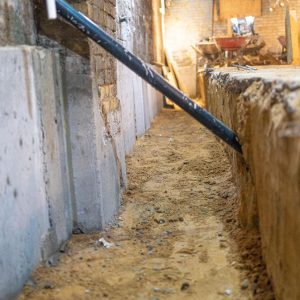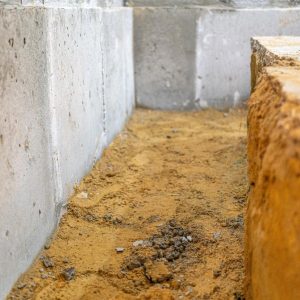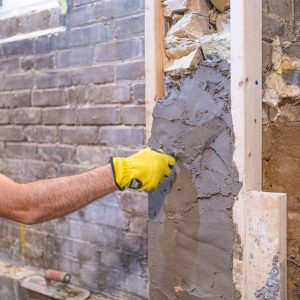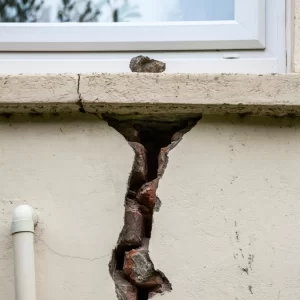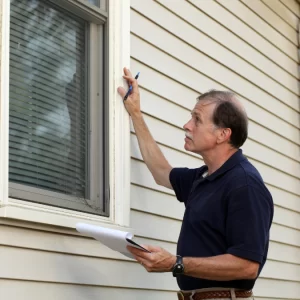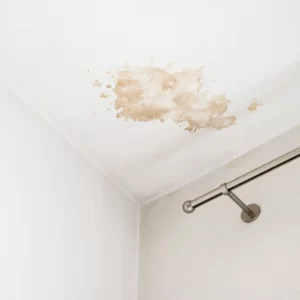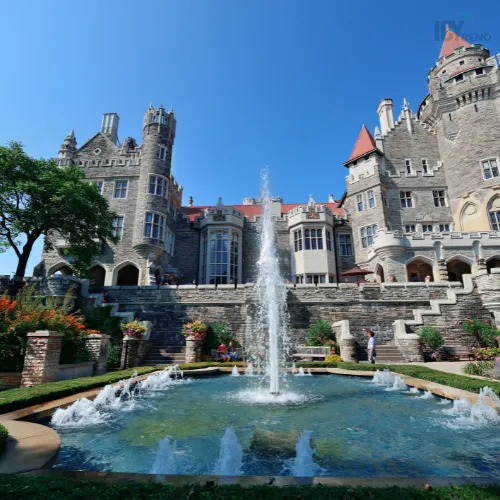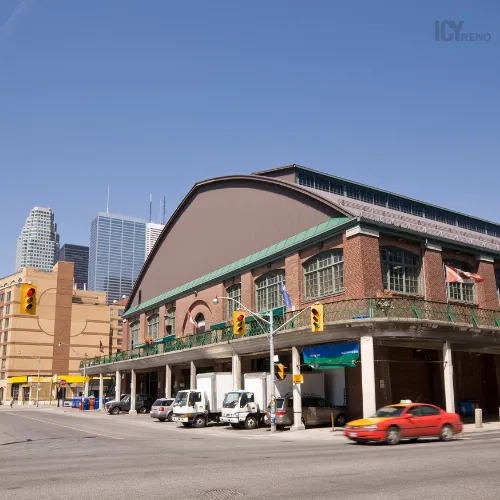Cracks in the Foundation Walls
One of the most obvious signs that your foundation needs underpinning is the presence of cracks in the foundation walls. Some cracks may be minor and only cosmetic, while others are severe and can indicate a more serious problem. Cracks that are wider than a quarter inch are usually a red flag and should be evaluated by a professional. They can be caused by soil movement, water infiltration, or other environmental factors.
Uneven Floors
Uneven floors are usually a sign that your foundation has shifted or settled. This can cause floors to slope or sag, making it difficult to walk or stand on. If you notice that your floors are uneven or sloping, it could be time to call in a professional for underpinning.
Sticking Doors and Windows
Doors and windows that stick or are difficult to open and close can be a sign that your foundation is shifting or settling. This is because when your foundation shifts, it can cause your doors and windows to become misaligned. If you notice that your doors and windows are sticking, it is important to have your foundation evaluated by a professional.
Cracks in the Exterior Brickwork
If you notice cracks in the exterior brickwork of your home, it could be a sign that your foundation is settling or shifting. These cracks can be caused by a variety of factors, including soil movement, water infiltration, or other environmental factors. If the cracks are wider than a quarter inch, it is important to have your foundation evaluated by a professional.
Water Damage
Water damage is another sign that your foundation may need underpinning. If you notice water in your basement or crawl space, it could be a sign that your foundation is settling or shifting. Water infiltration can also cause your foundation to weaken, making it more vulnerable to damage.
Sagging or Bowed Walls
Sagging or bowed walls are usually a sign that your foundation is settling or shifting. This can cause walls to lean or bow, making it difficult to hang shelves or pictures. If you notice that your walls are sagging or bowing, it is important to have your foundation evaluated by a professional.
Chimney Issues
Chimney issues are another sign that your foundation may need underpinning. If you notice that your chimney is separating from your home or leaning, it could be a sign that your foundation is shifting or settling. This can be a serious problem, as chimney issues can lead to carbon monoxide poisoning or chimney collapses.
